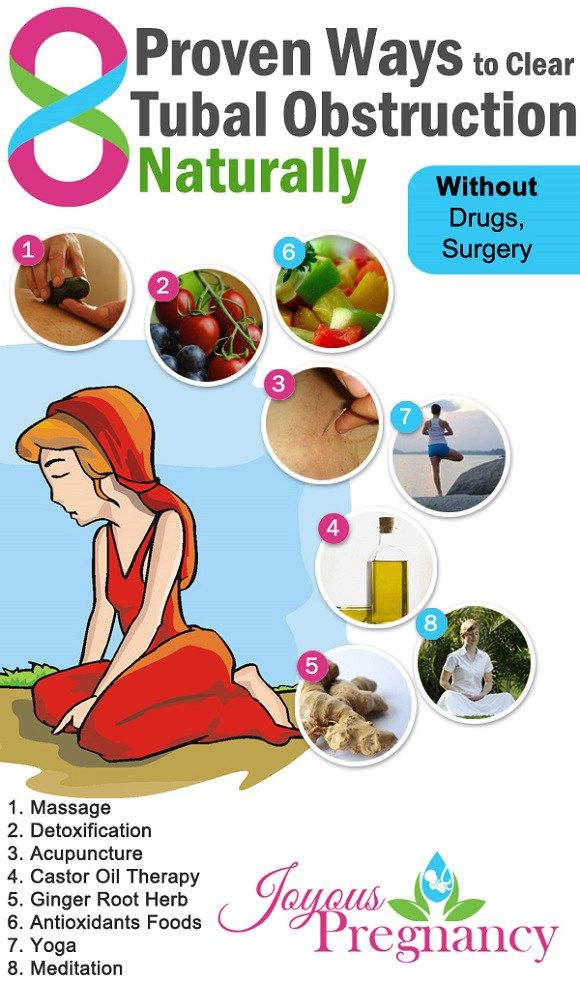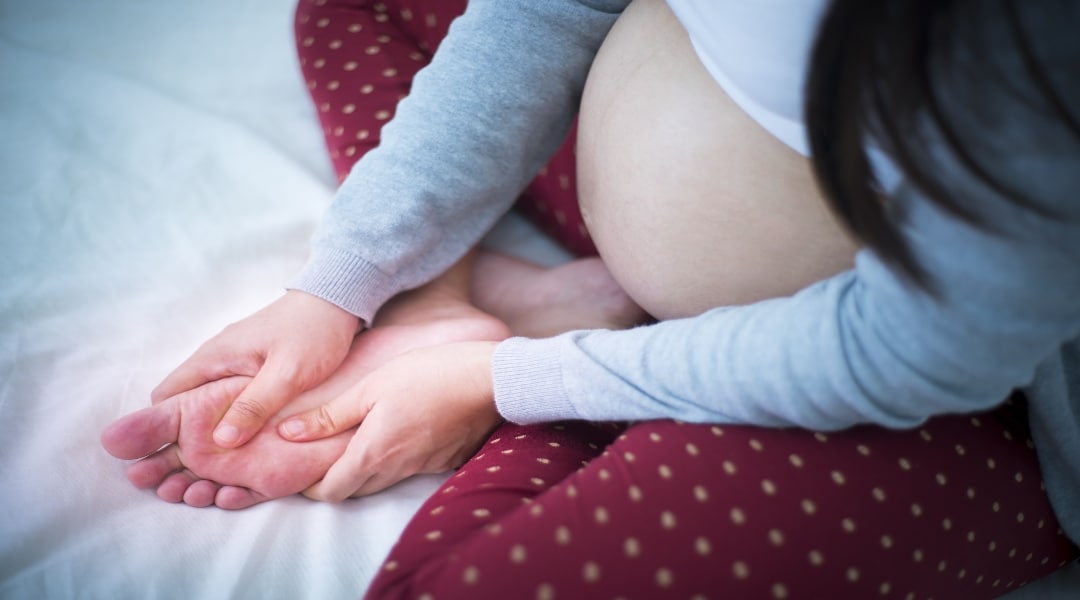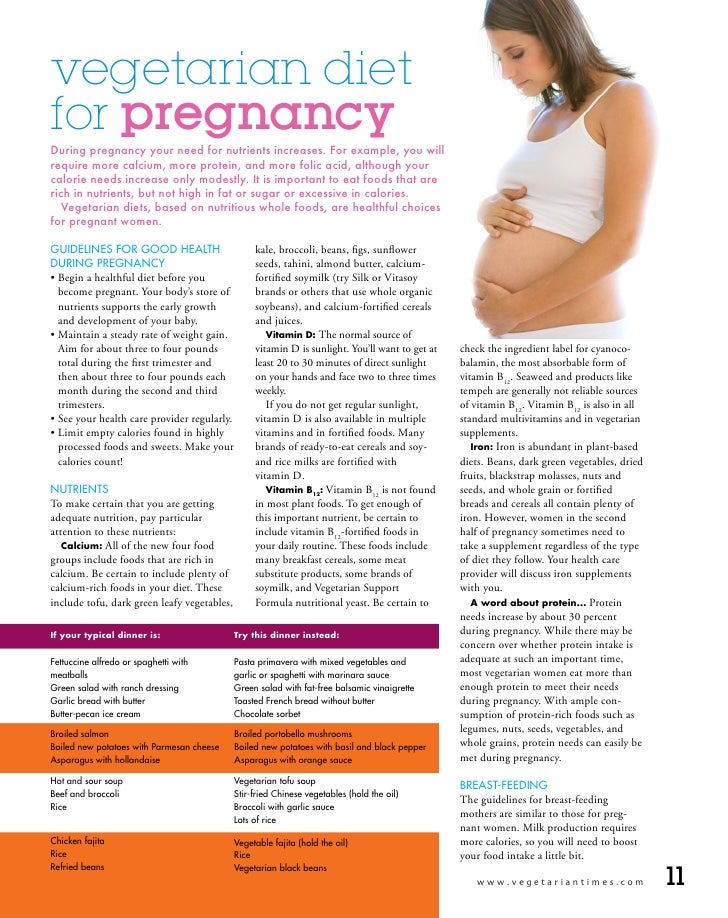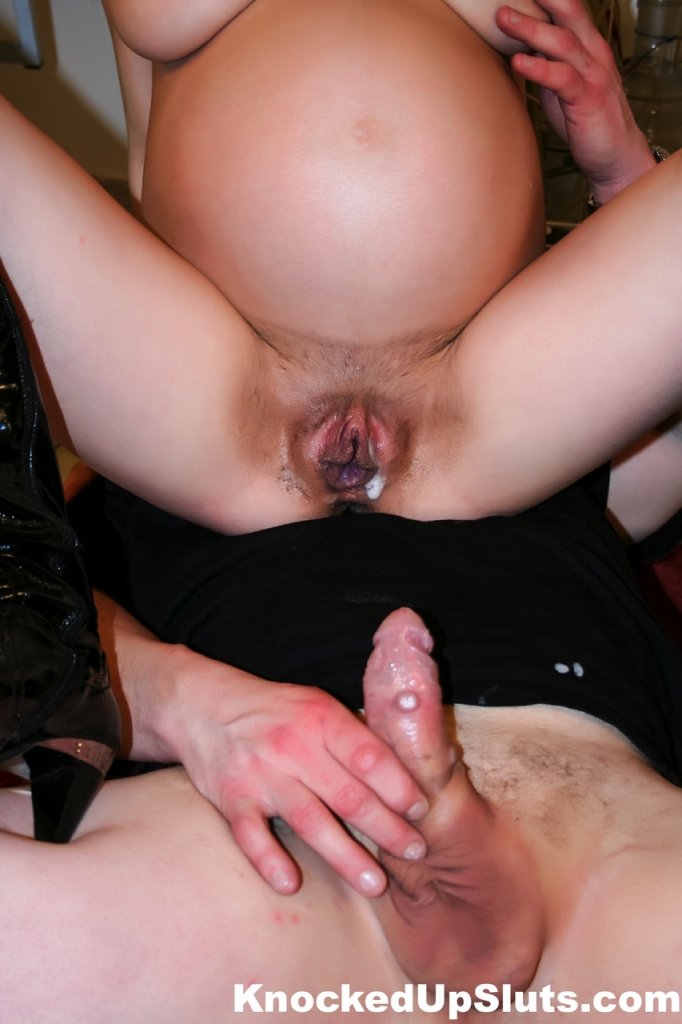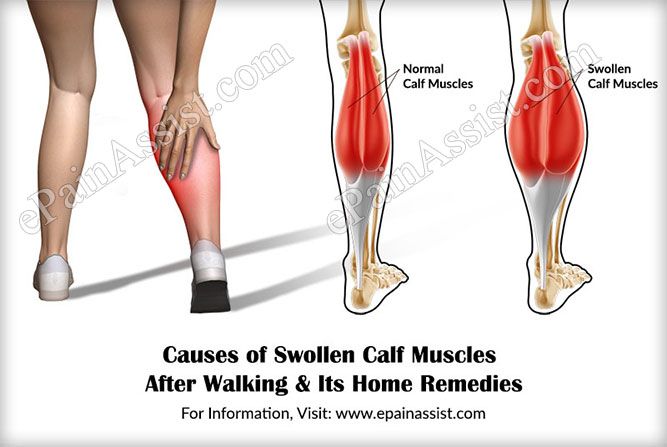Swimming after vaginal birth
Getting active after the birth
Getting back to your previous level of fitness or starting new activities after you’ve had your baby has benefits for both of you.
Benefits of exercise
Even small amounts of regular activity can:
- help you feel better and relieve stress
- boost your energy
- help strengthen and tone your tummy muscles
- help you sleep better
You're also less likely to have the symptoms of depression if you keep active after the birth.
How your body changes during pregnancy
When you’re pregnant your body makes lots of changes to adjust to your growing baby:
- Your abdominal muscles and pelvic floor stretch
- The way you walk and stand changes
- The stability of your joints is affected
These can affect how soon you can get back to being active. Having a caesarean section or complicated delivery will affect this too.
Good activities to start with
Your midwife or an obstetric physiotherapist will encourage you to start gently walking and give you some exercises to do soon after you’ve had your baby.
These exercises will help the muscles in your back and tummy to get stronger.
If you’ve had a healthy pregnancy and vaginal delivery, it’s safe to start doing these a few days after giving birth or as soon as you feel ready.
Pelvic floor exercises
Your midwife or an obstetric physiotherapist will also show you how to do pelvic floor exercises.
You should start doing these as soon as you can.
How to do pelvic floor exercises
If you’ve had a complicated pregnancy or birth
If you’ve had a more complicated pregnancy or birth, such as a caesarean section, tear or assisted delivery, you can start walking and doing pelvic floor and tummy muscle exercises when you feel ready.
If you’re not sure, ask your midwife, health visitor, obstetric physiotherapist or doctor for advice about getting active again. Your 6 or 8 week check is a good time to do this.
If you're breastfeeding
If you’re breastfeeding, wear a sports bra over your nursing bra for extra support and comfort.
It’s a good idea to feed your baby before exercise and it’s also important to stay well-hydrated.
Activity and exercise won’t affect the amount of milk you make if you’re breastfeeding.
How to start being active again
Start gradually at first. Begin with walking and take your baby out in their pram, buggy or sling.
Gradually build up to doing 30 minutes at least 5 days a week. It doesn’t need to be done in one go. You can do 3 lots of 10 minutes or 2 lots of 15 minutes if that works better for you.
A change of scene can often calm your baby if they’re crying and it can help you feel better too
Paths for All has more about the benefits of walking
Buggy Walks
In some areas parents get together for regular Buggy Walks run by Paths for All. These are a great way to get active and meet other parents.
Find a health walk in your area
Swimming
If you want to go swimming, you’ll need to wait until any discharge (lochia) has stopped and any stitches have healed.
This is likely to be from about 6 weeks onwards.
Jogging and aerobics
If you want to do a high-impact activity such as jogging or aerobics, wait until at least 3 to 6 months after giving birth. Any sooner could strain muscles in your back and pelvic floor.
Use ALISS to find ways to keep active in your area
Yoga and Pilates
Yoga and Pilates are good for building strong muscles and balance.
You can start these 6 to 8 weeks after birth.
Use ALISS to find yoga and Pilates classes in your area
Returning to regular sport or training
If you were doing regular sports or fitness training:
- wait at least 6 weeks after birth before you start again, longer if there were complications
- make sure you tell your instructor you’ve recently had a baby
- make sure you rest before doing any activity, especially in the early days
Translations and alternative formats of this information are available from Public Health Scotland.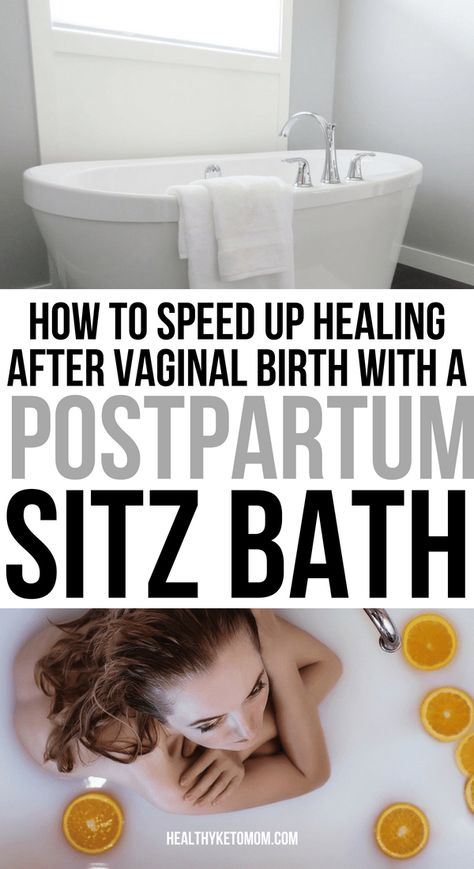
Swimming Postpartum [Everything You Need To Know]
So you just delivered a baby, and you want to go swimming?
You’re in the right place.
Today, you’re going to learn everything you need to know about swimming postpartum.
Specifically, I’ll answer
- How soon can you go swimming after giving birth?
- What should you do if you have stitches? What if you had a c-section?
- Why are there restrictions on swimming after giving birth in the first place?
Let’s get started.
Disclaimer
***READ FIRST***
Although I am a doctor, I am not your doctor. This information is for informational purposes only and should not substitute the advice from your healthcare professional. All kinds of exercise and dietary changes are potentially dangerous, and those who do not seek counsel from the appropriate health care authority assume the liability of any injury which may occur. Please read my full Disclaimer for more information.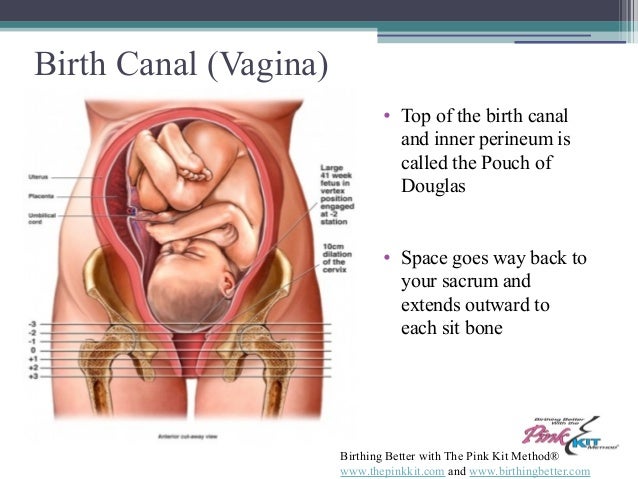 Also, this post may contain affiliate links: meaning I may receive a commission if you use them.
Also, this post may contain affiliate links: meaning I may receive a commission if you use them.
Ok, moving on.
When Can I Go Swimming After Giving Birth?
So when is it ok to go swimming after giving birth?
It is recommended that you wait at least 4-6 weeks postpartum before you go swimming. Some providers will say no swimming until your bleeding has stopped, which can take about 4 weeks or so.
Other providers are more strict and recommend that you wait until your 6-week follow-up visit before swimming.
4-6 weeks is the minimum, even if you are feeling fully recovered sooner than that.
Why Can’t I Go Swimming 2 Weeks Postpartum?
You should not go swimming 2 weeks postpartum due to a very high risk of infection.
Immersing your body underwater opens up the opportunity for bacteria to go inside of your open wounds.
You might have had vaginal lacerations that need to close, an episiotomy that needs to heal, or a c-section incision that is still fresh.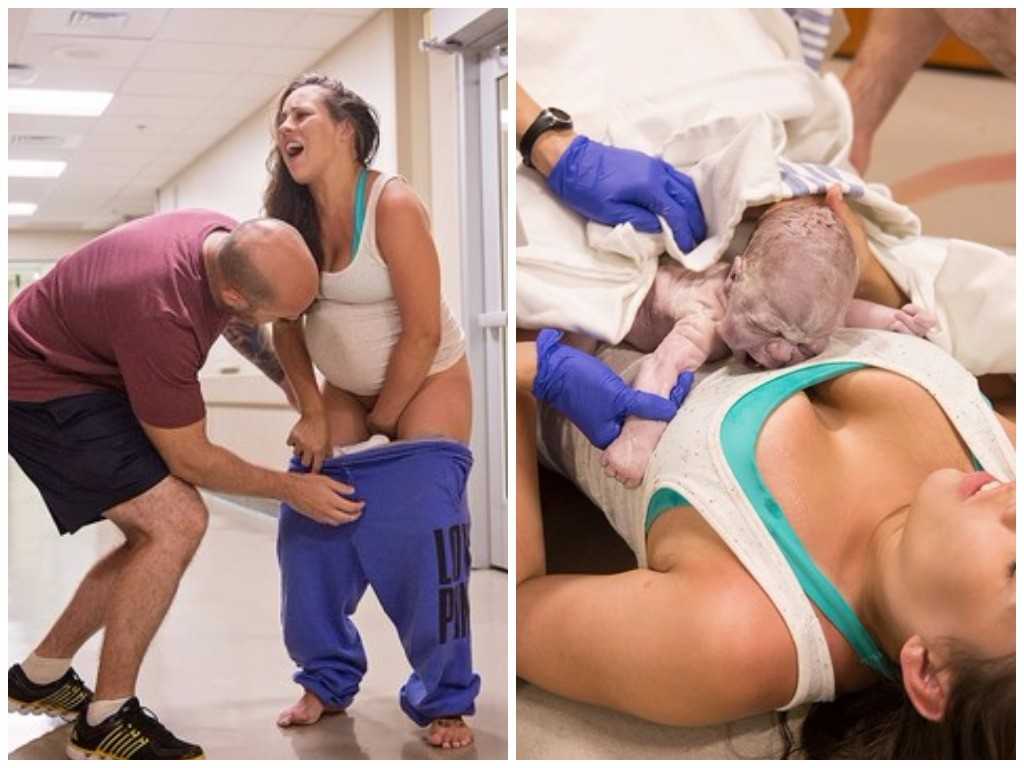
These are all common locations to develop a nasty infection.
Even if you didn’t have any vaginal lacerations or a c-section, you still need to wait for your cervix to close. Otherwise, bacteria can go inside of your uterus and cause an infection known as postpartum endometritis.
These infections can be serious and require hospitalization with antibiotic therapy.
How Long Does It Take For Your Cervix To Close After Birth?
There is no hard and fast rule to this. In general, most providers feel that your cervix has closed once you stop bleeding vaginally. This can take at least 4 weeks.
Don’t forget, your cervix dilates to approximately 10 cm to allow your baby to come out.
Your cervix will need a little time to go back to normal :).
When Can I Swim After A C-Section?
In general, you need to wait for your c-section incision to completely heal before you can go swimming. It can take approximately 6 weeks for the incision to close completely.
If you have any kind of drainage from the incision (which can sometimes be normal), you cannot go for a swim!
To be safe, I absolutely recommend that you wait until your postpartum visit so that your doctor can evaluate your incision.
Why?
Because during a c-section, 6 different layers of tissue were opened up to get your baby out. (You can learn all about the layers cut during a c-section in: Muscles Cut During a C-Section.)
Every single one of these layers needs time to heal. If you let water get into your incisions, you are at risk of developing a wound infection.
A wound infection needs to be opened up, sometimes in the operating room, and drained. In these cases, the wound is left open to close on its own.
Yea, that is something you do not want.
Can I Take A Bath Postpartum?
Similarly, you should not bathe postpartum for the same reasons listed above.
Immersing your body underwater increases the risk of a uterine infection and/or a wound infection in any of your incisions/lacerations.
With that said, it is perfectly ok to shower. We recommend you shower the next day after your delivery as long as you had an uncomplicated delivery.
When you shower, just let the warm soapy water wash over your body and incisions. Don’t actively scrub your incisions or laceration.
And yes, you can use soap after delivery.
Just make sure not to put the soap inside your vagina. This will increase your risk of developing bacterial vaginosis (more on that later) and/or endometritis.
Swimming In The Ocean After Birth- Is It Advised?
You should wait 6 weeks at the very least before considering swimming in an ocean after giving birth. Oceans are notorious for harboring many different kinds of bacteria. Do not put yourself at risk.
Just make sure that your doctor evaluates you at your postpartum check-up before considering this.
Can I Go In A Pool After Giving Birth?
Yes, you can go into a pool after giving birth, but only after your risk of developing a postpartum infection has decreased.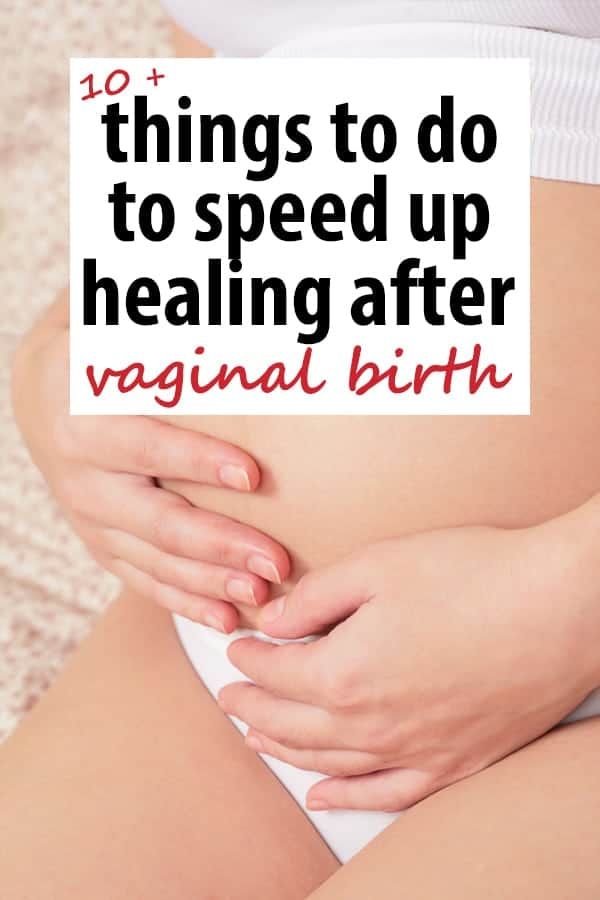
If you are going to go swimming, a private pool is probably safer to swim in then a lake or an ocean.
That’s because pools are chlorinated, and are less likely to harbor a lot of bacteria.
With that said, I still recommend that you wait until your doctor says it is safe to go into a pool. (4-6 weeks postpartum).
Is Swimming Good For Post Pregnancy?
Yes. Swimming is a great way to exercise in the postpartum period for several reasons.
- it can improve your cardiovascular endurance,
- improve you muscle tone, and
- it can help you lose fat.
In addition, swimming is a great postpartum exercise because it is a low-impact exercise. This means that it won’t put pressure on your joints.
I have written an entire article about why your joints are very lax in the postpartum period in this article: What are the risks of exercising too soon postpartum?
With that said, swimming is not a weight-bearing exercise.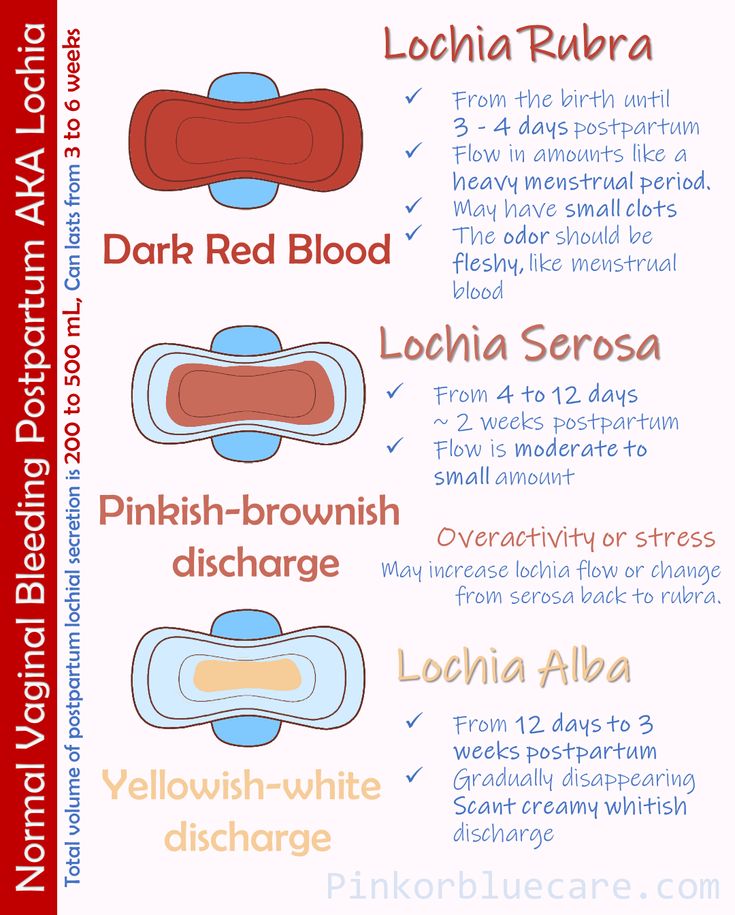 This means that it will not strengthen your bones and joints.
This means that it will not strengthen your bones and joints.
For that, you should also include some type of weight-bearing exercise in the postpartum period, such as walking, running, or weight training.
Swimming After Birth With Stitches – Does It Matter?
In general, you should wait until your vaginal lacerations have healed before swimming.
The healing process can take anywhere from 4-6 weeks, although your stitches won’t actually dissolve until 10-12 weeks.
The majority of women who have a vaginal birth will have a vaginal laceration. There are four types of lacerations.
- 1st degree: very superficial scrape in the vaginal tissue, sometimes requiring stitches
- 2nd degree: deeper laceration that requires stitching
- 3rd degree: a laceration that reaches the anal sphincter
- And 4th degree: a laceration that completely tears all the way through from your vagina into your rectum
The vast majority of lacerations are second degree, which does require suturing.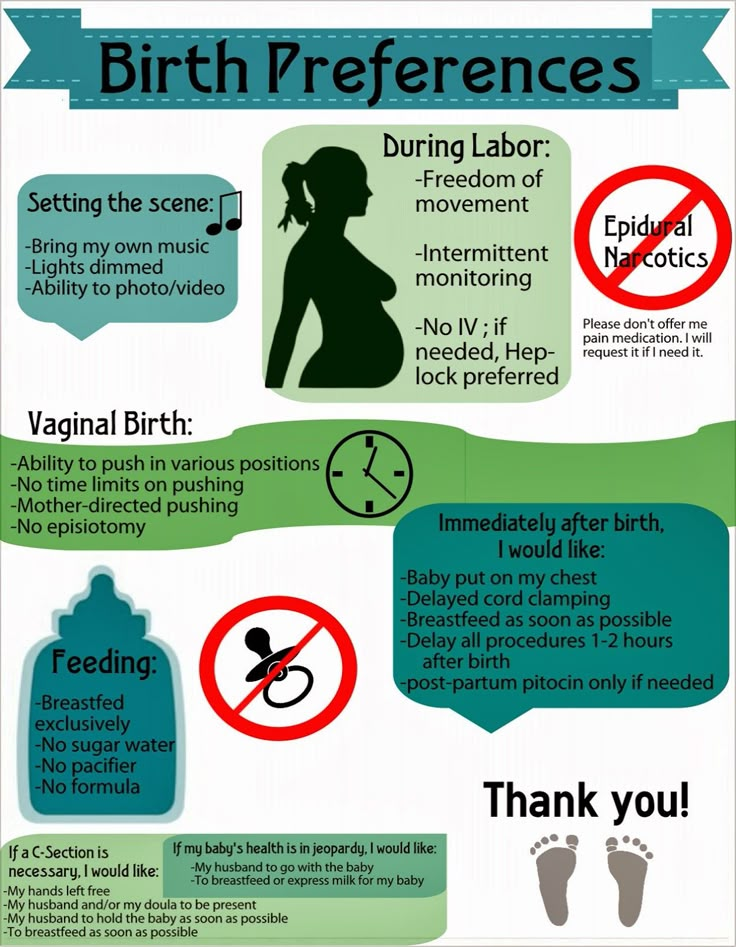
Most lacerations can be closed with one continuous suture. Other times, you may need a couple of running stitches if you have more than one laceration.
The most common sutures used are chromic and vicryl, both of which are dissolvable and do not need to be removed.
Similarly, almost all c-section incisions are closed with stitches that dissolve.
So yes, you can go swimming with stitches in place, but you must make sure that your incisions have healed completely first.
Can I Use Feminine Wash After Giving Birth?
You do not need to use any kind of feminine wash before birth or after birth at all. Your vagina has its own natural way of keeping itself clean.
Using feminine washes and douches of any kind will increase the risk of developing bacterial vaginosis, or postpartum endometritis due to the vaginal bacteria entering your uterus.
This is a condition that results from an imbalance between good bacteria and bad bacteria in your vagina.
In other words, there is an overgrowth of the “bad” bacteria.
You see, your vagina normally has a perfect balance of good and bad bacteria. Placing different types of products in there can disrupt this homeostasis.
Common symptoms of bacterial vaginosis include increased vaginal discharge, itchiness, and a fishy vaginal odor.
So do yourself a favor. Stop using feminine washes!
Can I Use A Tampon for Swimming after Childbirth?
I also don’t recommend that you use a tampon when going swimming. Tampons serve as a great home for bacteria to live in- especially if you go underwater with it.
In addition, you should not use any tampons in the immediate postpartum period. Let your cervix close, and your vaginal lacerations heal first.
Final Thoughts On Swimming After A Baby
Swimming is an excellent way to get back into an exercise routine in the postpartum period.
As with all types of exercise and physical activity, it is important that you get an okay from your doctor before starting.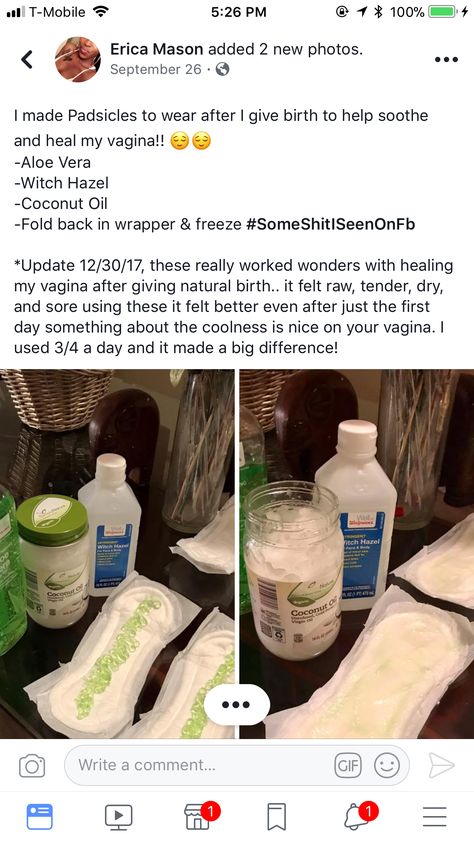
If you had vaginal lacerations, an episiotomy, or a cesarean delivery, you must wait at least 4-6 weeks for these incisions to heal before going underwater.
For the most part, waiting for your lochia to stop (postpartum vaginal bleeding) is a good idea.
It’s also a good idea to incorporate other types of exercise in your postnatal routine which you can find below!
- How to Exercise Your Arms Postpartum
- How To Exercise Your Legs Postpartum
- How To Exercise Your Butt Postpartum
- The Best Pelvic Floor Exercises You Can Do Postpartum
Additionally, you could read my Complete Guide on Getting Fit After Pregnancy for more information on exercise in the postpartum period.
Okay, that’s all for today. Good luck momma!
How long were you told you couldn’t swim for?
Did you develop any postpartum infections?
Comment below and let me know!
Get Four Free Workouts To Help Strengthen Your Pelvic Floor & Heal Your Mommy Tummy!
YES- I WANT THE PDF!
Brittany N Robles, MD, MPH, CPT
Brittany Robles is a full-time OBGYN, a NASM certified personal trainer, and health & fitness, expert. She holds a Masters of Public Health degree in maternal health with a special interest in exercise and nutrition. She is also the co-author of The White Coat Trainer. Learn more about her here.
She holds a Masters of Public Health degree in maternal health with a special interest in exercise and nutrition. She is also the co-author of The White Coat Trainer. Learn more about her here.
Sharing is Caring – Send This To A Mom In Need!
How soon after childbirth can I go in for sports
I WANT A CLUB CARD
Almost all women put on weight after giving birth. Someone manages to quickly get rid of it, someone wages a long war for many years. Sport after childbirth is necessary in order to restore beauty and elasticity to your body, as well as to feel energy, vivacity, and strength again. How long after childbirth can you go in for sports, what areas, what is better to refuse ?! Let's look for answers together. nine0003
When can I exercise after childbirth?
Consider how long after giving birth you can play sports.
After vaginal delivery without tears/cuts. If the birth went “smoothly”, there are absolutely no contraindications, injuries, then you can start playing sports even the next day. When can I download the press after childbirth? More complex workouts, such as fitness, a swimming pool, can be started only after 1.5-2 months. nine0003
If the birth went “smoothly”, there are absolutely no contraindications, injuries, then you can start playing sports even the next day. When can I download the press after childbirth? More complex workouts, such as fitness, a swimming pool, can be started only after 1.5-2 months. nine0003
After vaginal delivery with tears/cuts. In this case, you can allow the minimum load only after a month. In parallel, you should be observed by a doctor and gradually load the body.
After caesarean section. Recovery after a caesarean is a complex and time-consuming process. The first loads are permissible only 2 months after the birth of the baby, gradualness is important here.
Can I exercise while breastfeeding? nine0008
Sports during breastfeeding are not contraindicated and do not affect the quality of milk. It is important to drink plenty of water and not do complex chest exercises. For training, it is best to purchase a supportive bra. If you have a feeling of fullness in the chest during the session, then the next time you feed the child before training.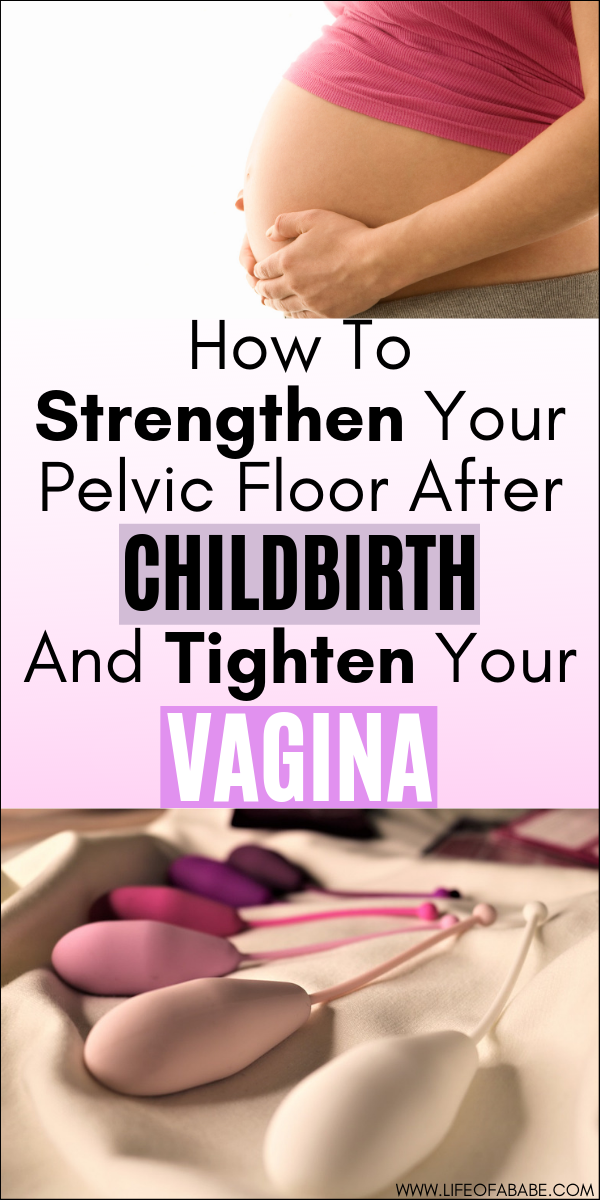 For pain, you can use two bras at the same time to provide maximum support. Can I play sports while breastfeeding? Now you know the answer for sure. nine0003
For pain, you can use two bras at the same time to provide maximum support. Can I play sports while breastfeeding? Now you know the answer for sure. nine0003
What sports can I do after childbirth?
Many people are concerned about the question “is it possible to play sports after childbirth?” and the answer is yes, yes, and again, yes! However, it is important to understand which areas of sports will benefit and help the body get stronger, and which ones can harm.
1. Calm walking. You can walk alone or with your newborn baby in a stroller. The main rule is not to overload yourself. Walks can be 20 or 30 minutes, it all depends on your well-being and desire. nine0003
2. Water fitness. Physical exercises after childbirth on land are prohibited due to the high elasticity of the ligaments, however, in water it is quite difficult to damage the joints and ligaments, therefore aqua fitness is recommended after childbirth.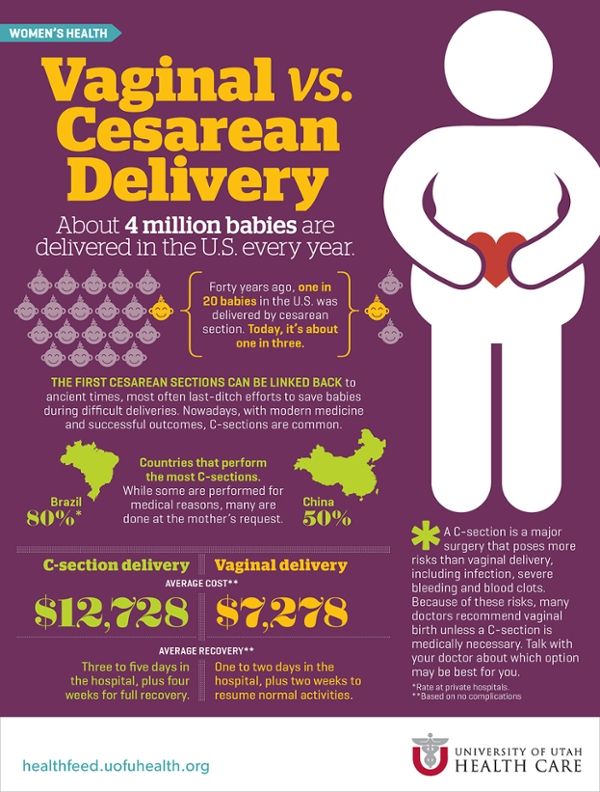
3. Swimming. Back pain, heaviness - consequences of childbirth. Swimming will help relax your muscles and restore their tone.
4. Yoga. Yoga perfectly levels the emotional background and relieves depression and prevents nervous breakdowns. nine0003
How to start exercising after childbirth?
When can I play sports after childbirth? Everything is very individual and depends on how active you were physically before pregnancy. If the birth occurred naturally, then you can start training in a few weeks. When can I exercise after a caesarean? Depends on the severity of the complications, so it is recommended that you always consult with your doctor. Sports after cesarean should be introduced into life very carefully. Be sure to do a warm-up, drink plenty of water, get plenty of rest. nine0003
What sports should not be practiced after childbirth?
Physical activity after childbirth is not fully available immediately.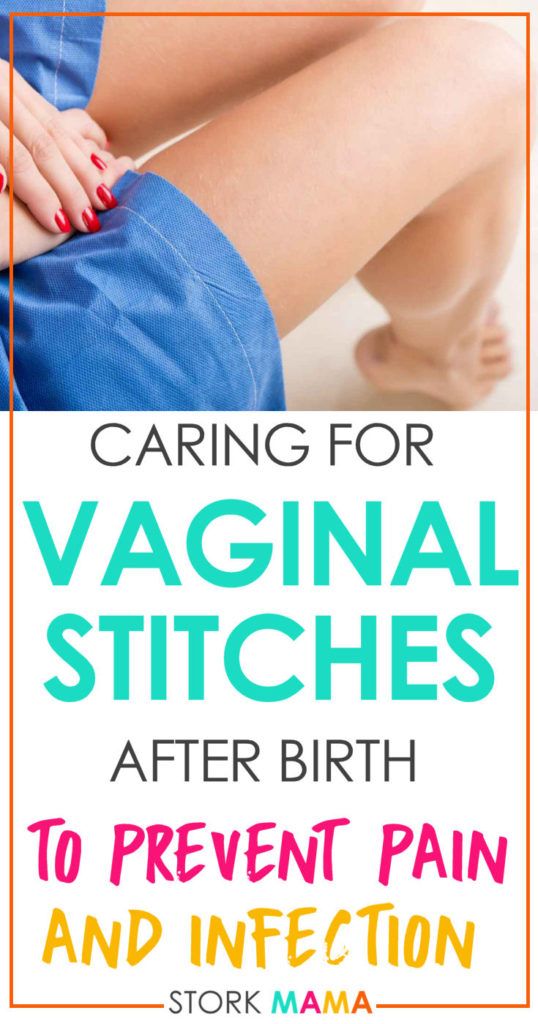 There are certain sports that are strictly contraindicated, and there are those that are acceptable, but in limited quantities. The following sports are prohibited:
There are certain sports that are strictly contraindicated, and there are those that are acceptable, but in limited quantities. The following sports are prohibited:
1. Running While running, a person loses a lot of calories. For women who have just given birth, running can result in a lack of milk and changes in its taste. nine0003
2. Any direction that enhances the feeling of adrenaline.
3 . combat directions. As a rule, martial arts are a contact sport. In the process, you can damage the chest, injure the ligaments and joints.
4. Strength training. Exercise with weights and weights can lead to nausea, dizziness, weakness, and reduced milk supply.
Do sports after childbirth should be as careful as possible. How soon after giving birth can I go in for fitness and fully perform all the power loads in the gym? Not earlier than 6 months under the condition of natural childbirth.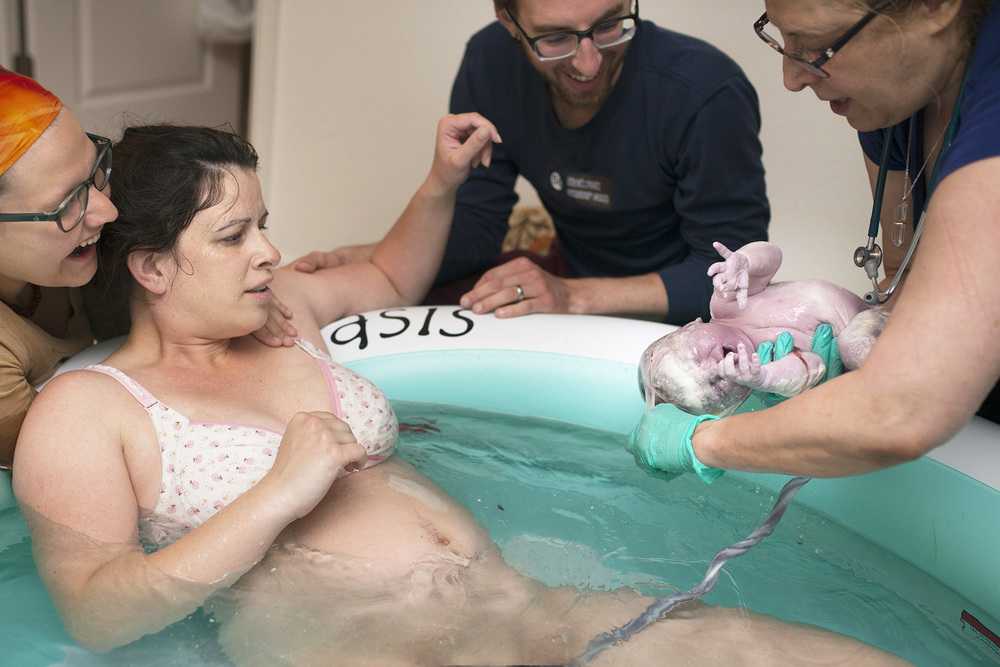 With a caesarean section, sports after childbirth can be resumed only after a year. The rest of the time you can do simple exercises to keep your muscles in good shape. nine0003
With a caesarean section, sports after childbirth can be resumed only after a year. The rest of the time you can do simple exercises to keep your muscles in good shape. nine0003
what happens to the body after childbirth
A woman's body does not rejuvenate during pregnancy and after the birth of a child. We tell you what cardinal changes in the body lead to and what to do about it.
Pregnancy and childbirth are, without exaggeration, the most amazing stages in the life of every woman. Waiting for and meeting a new person can be both very easy and difficult. Everything is individual and often unpredictable. Being aware of what happens "after" will help to cope with possible difficulties, fears and excitement. nine0003
After childbirth, the body will not be the same, all women know about it. But, as a rule, most often they mean stretch marks, excess weight, a flabby stomach, severe hair loss during breastfeeding and the consequences after episiotomy (surgical dissection of the perineum and posterior wall of the vagina) during natural childbirth.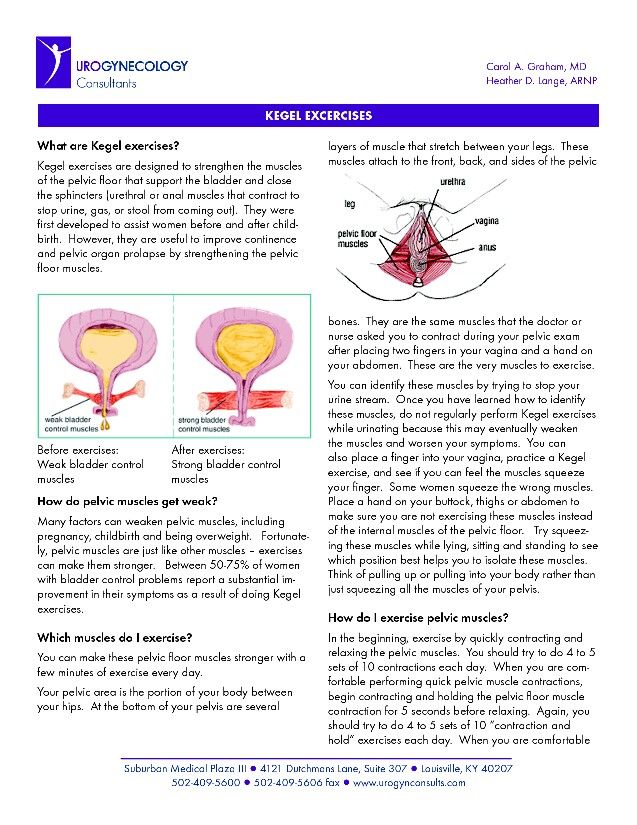 Less common are brittle teeth, an increase in the size of the foot, a change in the structure of the hair (wavy can become straight and vice versa), and a decrease in vision. Few people talk about urinary incontinence, umbilical hernia, severe dryness of intimate organs and pain in the chest. nine0003
Less common are brittle teeth, an increase in the size of the foot, a change in the structure of the hair (wavy can become straight and vice versa), and a decrease in vision. Few people talk about urinary incontinence, umbilical hernia, severe dryness of intimate organs and pain in the chest. nine0003
So that this does not become a cause for concern and one of the triggers for the development of postpartum depression, it makes sense to understand the physiology of pregnancy and study rehabilitation techniques.
Pregnancy is the strongest restructuring of the body and worldview.
Firstly, you should not worry, because pregnancy is the strongest restructuring of both the body and the worldview. And secondly, the notorious “get in shape after childbirth” is most often inappropriate in any of the situations. The main thing is to give yourself time and help the body recover calmly. nine0003
Why do some women recover easily and quickly after childbirth, while others face such serious problems as urinary incontinence, diastasis, hernias, posture disorders, varicose veins, hemorrhoids, dry mucous membranes and loss of vaginal sensitivity? All these consequences of pregnancy are associated with undifferentiated connective tissue dysplasia (CTD).
Candidate of Medical Sciences, obstetrician-gynecologist Inna Kondrashova says that DST is a genetic and autoimmune disorder of collagen synthesis. There are about 20 signs of CTD: tall stature and narrow shoulders, changes in posture and early signs of osteochondrosis, O- or X-shaped deformity of the lower extremities and flat feet, chronic migraines and frequent headaches, asthenia and a low hairline on the forehead, vascular diseases and visual disturbances, a tendency to allergies, and clear, thin, dry skin. nine0003
If a woman has more than five signs, then most likely she has undifferentiated CTD, and it is important to take this into account when preparing for and managing pregnancy. Timely diagnosis will help to avoid complications. It is important to start prevention in time, for example, taking the right vitamins (it is especially important to normalize iron levels), a balanced diet (a sufficient amount of protein is needed for the synthesis of collagen and elastin), the use of prenatal and postnatal bandage, exercises to strengthen the muscular frame. nine0003
nine0003
Organ prolapse and urinary incontinence
During pregnancy, the load on the pelvic organs and kidneys increases due to the constant growth of the fetus and the pressure of the enlarged uterus. That is why urination becomes more frequent. Going to the toilet every two hours is not a cause for concern.
Stretched pelvic floor muscles during pregnancy can lead to pelvic organ prolapse, symptoms of which may include urinary incontinence, leakage when coughing or sneezing, pain during intercourse, a feeling of something foreign in the vagina, and as if the bladder is not emptying completely. These features may be slightly more common in women who have given birth vaginally. nine0003
As a self-help exercise, pelvic floor exercises work well. Although most women do them incorrectly, straining the auxiliary muscles, abs or buttocks. The easiest way is to imagine that you are stopping the process of urination. Repeat this exercise for several minutes, tensing and then relaxing the muscles.
Elena Lyubimkina, obstetrician-gynecologist, ultrasound and integrative medicine doctor:
nine0004 “During pregnancy, you need to be especially careful about yourself if a woman has diseases that result in constantly increased pressure inside the abdomen. Most often, these are chronic diseases of the digestive system with persistent constipation or the respiratory system, accompanied by a constant cough.Obesity significantly increases the load on the pelvic floor muscles. Also, prolapse of the pelvic organs can occur in case of complicated childbirth: large fetus, rapid labor, episiotomy, use of obstetric forceps, vacuum. nine0003
Diastasis and umbilical hernia
Another common problem that is not so easy to diagnose. Immediately after childbirth, as a rule, a woman’s belly remains soft, like a pillow, about the size of the fourth or fifth month of pregnancy (although everything is individual). There may also be a protruding navel.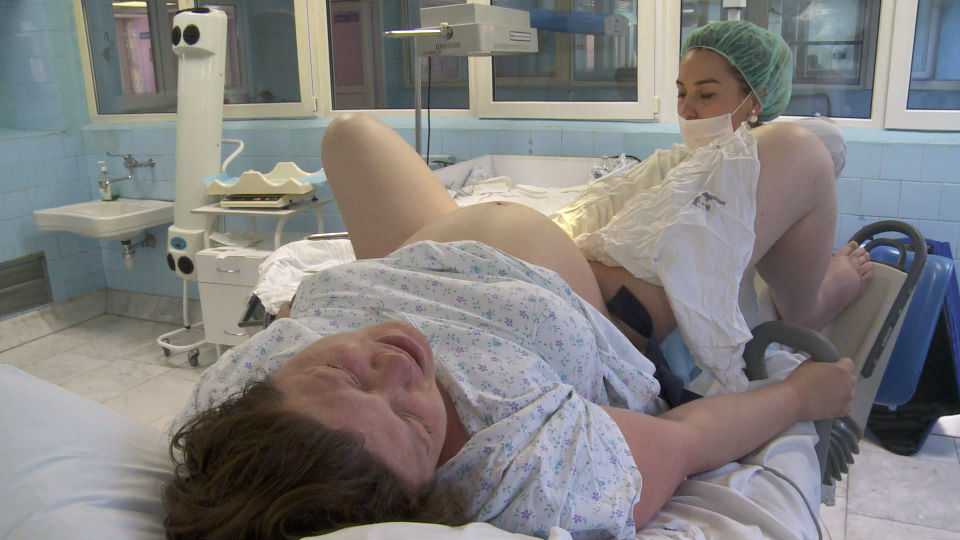
During pregnancy, the abdominal muscles and connective tissues stretch due to the expanding uterus. Diastasis is the separation of the rectus abdominis muscles. According to a 2015 study, 100% of women who gave birth have this pathology. nine0003
A month or two after childbirth, you can do a test: lie on your back, bending your knees, and lift your upper body, placing your fingers on your navel. If the fingers fall inward a little, into a line along the abdomen, then this is diastasis. The width of the dip up to two and a half centimeters is the norm. Moreover, there is no need to hurry with the exercises, because, as a rule, the muscles converge on their own after six months.
With diastasis, in no case should you pump the press! It is necessary to use the oblique muscles of the abdomen: do side and reverse planks, pull-ups on all fours - and not earlier than two months after childbirth and a mandatory consultation with a doctor. You can get rid of severe diastasis with the help of abdominoplasty, that is, surgically.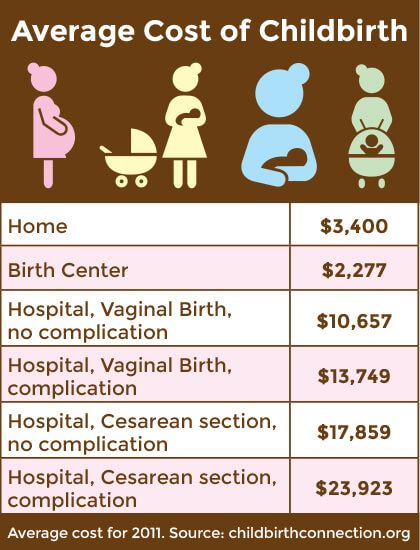 nine0003
nine0003
“Do breathing exercises, abdominal massage, Kegel exercises and glute bridge already in the postpartum ward. Be sure to wear a bandage and be careful when lifting heavy weights, no more than four to five kilograms for six to eight weeks. It is also important to maintain an adequate drinking regimen and balance the diet with fiber to prevent constipation,” recommends Elena Lyubimkina.
nine0104 Stoop and pain in the chest
During pregnancy, the center of gravity shifts, a deflection occurs in the lumbar region, because of this, the spine in the chest area is rounded, that is, kyphosis is formed. In the last stages of pregnancy, it can pull the lower back, and after childbirth, pain in the spine in the chest area is possible. In addition, many women feed the baby at first, hunched over, bending over him. It is better to use a special pillow and lean back to relax as much as possible. nine0003
Daily exercise with an emphasis on the upper body, swimming and massage can significantly improve the condition.

